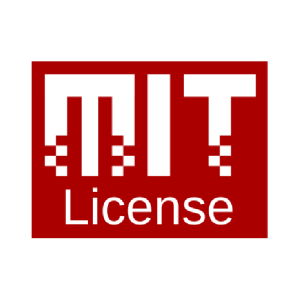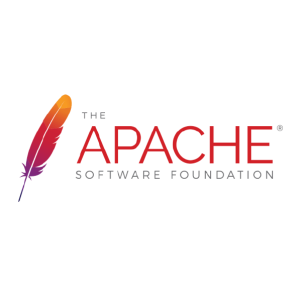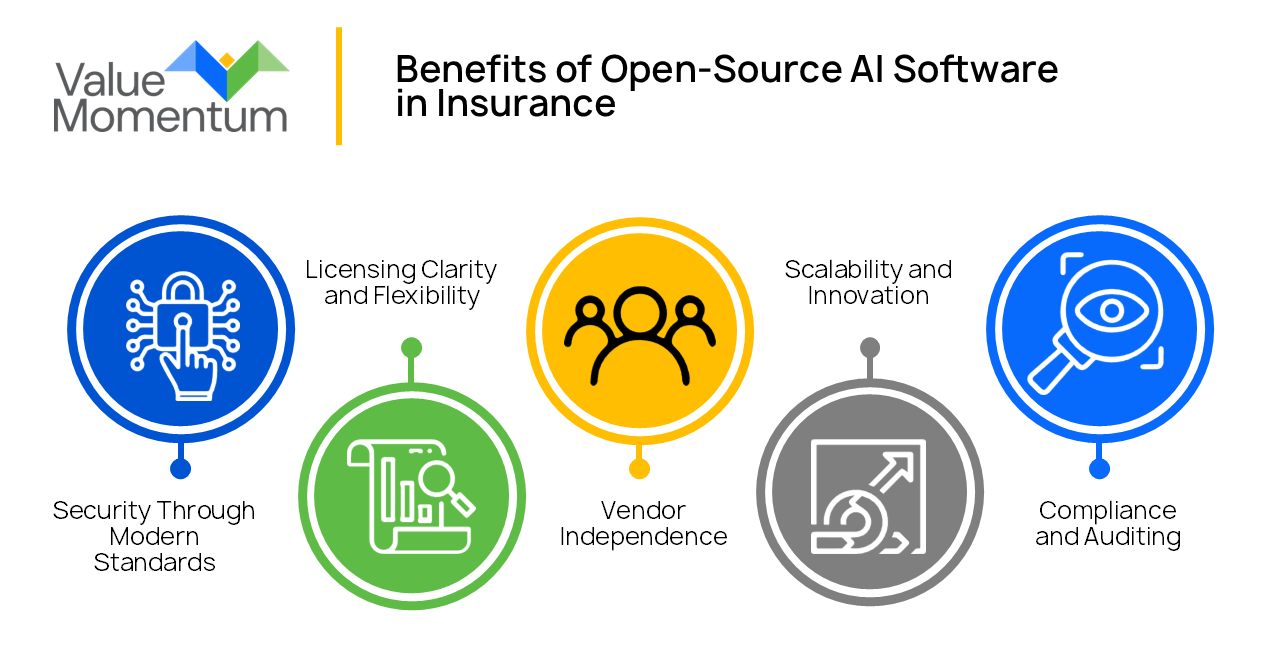The term “open source” used to be an unwelcome phrase in the corporate world, especially in industries like insurance, where data security and proprietary software are paramount. Risk-averse industries saw open-source software as a risky venture.
For companies focused on compliance and data privacy like insurers, open-source software was rife with security threats, lacked vendors to offer support, caused licensing confusion, and was seen as the unprofessional option.
However, as artificial intelligence (AI) and generative AI (GenAI) revolutionize the way nearly every industry does business, open-source software has emerged as a favored option. Even large corporations, once wary of open-source tools, are now embracing these options for their AI and GenAI needs. What changed?
The Advantages of Open-Source Software
Today, many recognize that open-source software, with its publicly available code, is often more secure than proprietary alternatives. The global community of developers and security experts scrutinize, audit, and improve the software, allowing vulnerabilities to be caught early and fixed rapidly.
A critical advantage of open-source software for insurers is the freedom for insurers to run the software where they want. Proprietary AI and GenAI solutions are often sold in a Software-as-a-Service (SaaS) model, where the software is hosted and controlled by the vendor. While SaaS solutions have their benefits, such as easier scaling, they come with trade-offs in control, customization, price, and data security.
Open-source tools, on the other hand, offer complete deployment flexibility. Whether a carrier wants to run its AI systems on its own servers, in a private cloud, or in a hybrid environment, open-source software allows organizations to choose the infrastructure that aligns with their security protocols and business requirements.
For example, an insurer might want sensitive claims processing AI systems to run on-premises to ensure complete control over the data, whereas that enterprise might use a cloud environment for large-scale AI model training. With open-source tools, the choice is left up to the insurers.
The First Step to Adopting Open-Source Software
Tech giants like Google, Facebook, OpenAI, and Microsoft have made significant contributions to open-source software, releasing state-of-the-art AI models (e.g., BERT, Llama), research, and frameworks like TensorFlow and PyTorch.
The insurance industry can benefit from this corporate-led knowledge sharing, as it provides direct access to cutting-edge tools and research typically reserved for academia. The democratization of AI knowledge has leveled the playing field for insurance carriers that may not have the resources for extensive in-house research and development.
Insurance carriers looking to adopt these technologies must first understand the different open-source licenses. Each license has its own terms around usage, distribution, and modification, so it’s important to know what works best for a particular organization.
Here’s a brief overview of some common licenses:
 MIT License: This option is a very permissive license that allows almost unlimited freedom in using, modifying, and distributing the software. There is no obligation to share modified versions, and it is a popular choice for many AI frameworks and libraries.
MIT License: This option is a very permissive license that allows almost unlimited freedom in using, modifying, and distributing the software. There is no obligation to share modified versions, and it is a popular choice for many AI frameworks and libraries.
 BSD License: This license is similar to MIT’s in its permissiveness, allowing users to modify and redistribute without significant restrictions. It has very few conditions, making it flexible for use in both open- and closed-source projects.
BSD License: This license is similar to MIT’s in its permissiveness, allowing users to modify and redistribute without significant restrictions. It has very few conditions, making it flexible for use in both open- and closed-source projects.

Apache 2.0: While this license is also permissive, it offers stronger protections against patent claims. This license type is ideal for companies that might be concerned about patent disputes. It is used by many AI and cloud platforms, including TensorFlow.

GNU General Public License (GPL): This license is more restrictive; it requires any modified version of the software to also be open source. While it is useful for collaborative projects, companies that want to keep their modifications proprietary may shy away from GPL.
By choosing the right open-source license, insurers can control how they use, share, and modify their AI solutions, ensuring compliance with both internal policies and industry regulations. Insurance IT leaders should discuss these options with their legal, security, and compliance teams to ensure that the organization is working with the kinds of open-source tools that fits into its risk profile.
How Open-Source Options Support Enterprise’s AI Needs
A growing number of large companies are turning to open-source software to advance their AI and GenAI goals. In addition to the tech giants like Microsoft and Google, major companies across industries like Wells Fargo, Intuit, Walmart, and even the US Open are leveraging open-source AI models to power a variety of business outcomes.
There are several reasons these companies have found that open-source software is the right choice for them. Here are some of the positives that insurers, like these other industry verticals, are seeing when they leverage open-source software.

1. Security Through Modern Standards
Today, insurance carriers are keen on leveraging open-source software precisely because it gives them control over their security. AI systems handle sensitive data, and insurers now have the tools to audit and modify code to fit their needs.
2. Licensing Clarity and Flexibility
Licenses like Apache 2.0 and MIT provide clarity, allowing companies to confidently modify and redistribute open-source software without legal risk. Insurance carriers now have legal precedents and frameworks to navigate open-source licensing effectively.
3. Vendor Independence
Open-source software eliminates vendor lock-in, empowering insurers to take control of their AI tools and deploy them as they see fit, whether on-premises or in a private cloud.
4. Scalability and Innovation
Open-source AI tools, like PyTorch, Ollama, LlamaIndex, Llama 3.1 (by Meta), and Hugging Face, offer scalable solutions while fostering innovation from a global community. Insurance carriers can leverage these tools to accelerate AI adoption and maintain a competitive edge. With large companies and research organizations driving AI development and openly sharing their work, the entire insurance ecosystem benefits.
5. Compliance and Auditing
Open-source tools offer transparency that can assist with compliance and regulatory requirements, allowing insurers to audit the software for adherence to GDPR, CCPA, and other industry-specific regulations.
The Future of Open-Source Software in Insurance AI
As the AI and GenAI revolution transforms the insurance landscape, open-source tools stand as a cornerstone of innovation, flexibility, and cost-efficiency.
The transparency, control, and knowledge-sharing culture of open-source software makes it the go-to choice for insurance carriers looking to future-proof their AI strategies. Open-source software is no longer the risk it once was — it’s an opportunity to gain competitive advantage in a rapidly changing world.
To learn more about how insurers can incorporate AI into their workflows to drive their business to new heights, read our whitepaper The Insurer’s Generative AI Handbook.




